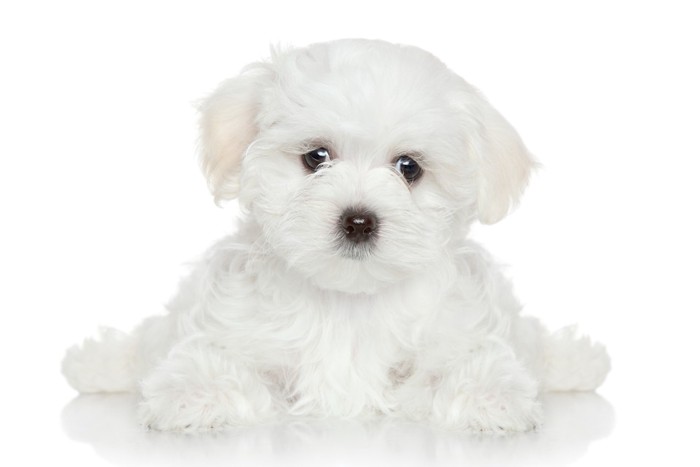Maltese Dog Breed
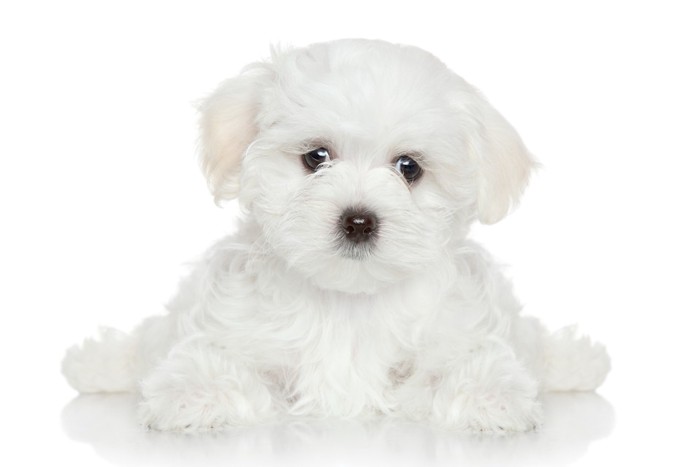
| Aspect | Details |
|---|---|
| Origin | United States |
| Birth Era | Late 19th century |
| Crossbreed | No, purebred |
| Temperament | Friendly, intelligent, lively |
| Physique | Small to medium, 10-25 pounds, compact |
| Coat | Short, smooth, tuxedo-like coat |
| Lifespan | 11-13 years |
The Maltese, originating from the Mediterranean region, is a small and friendly breed that is highly valued in Japan for its lush white coat, high intelligence, and ease of training. While being mindful of health issues common in small breeds, their sociable nature makes them great companions for families and other pets.
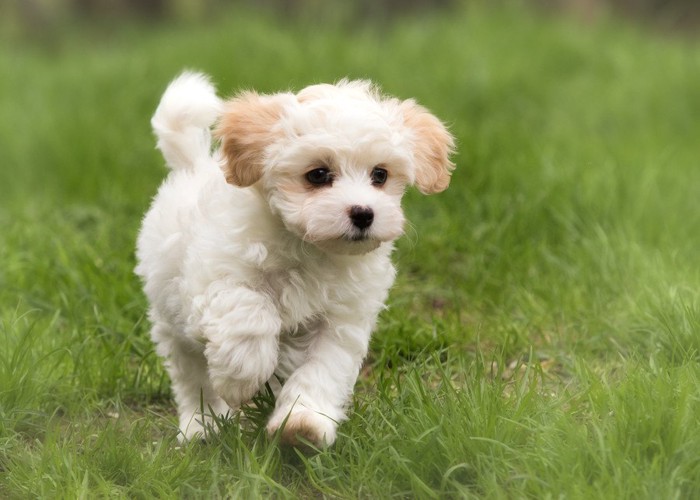
Their compact size suits the urban and small living spaces in Japan, and providing proper care and a loving environment is key to ensuring their happiness. The Maltese’s attributes align well with Japanese pet culture, where a balance of companionship and manageable pet care is highly appreciated.
Coat Color
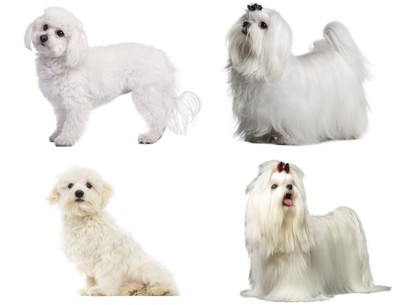
In Japan, the preference for the coat color of Malteses is especially high for pure white. Historically, various colors existed, but pure white and white have become the norm due to selective breeding. Besides pure white, there are also lighter shades like lemon and tan, but the ideal is generally pure white.
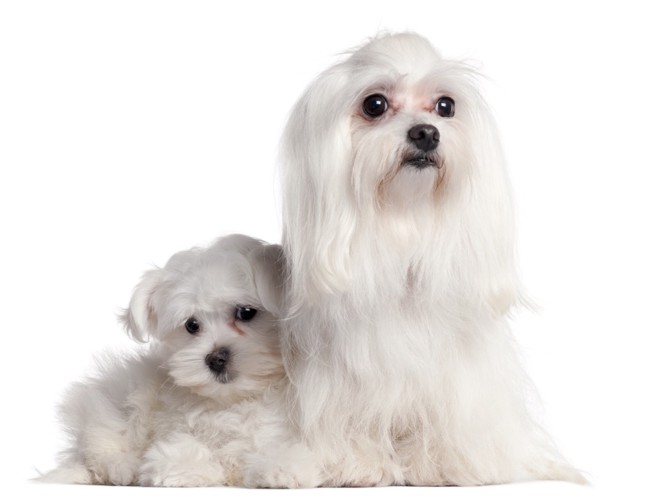
Consequently, the market price for Malteses in Japan tends to be higher for pure white specimens. This preference for coat color is closely linked to the aesthetic standards in the Japanese pet market.
Coat Type
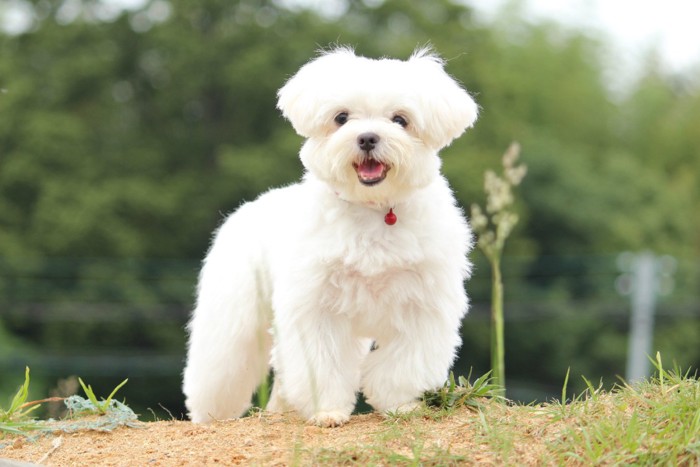
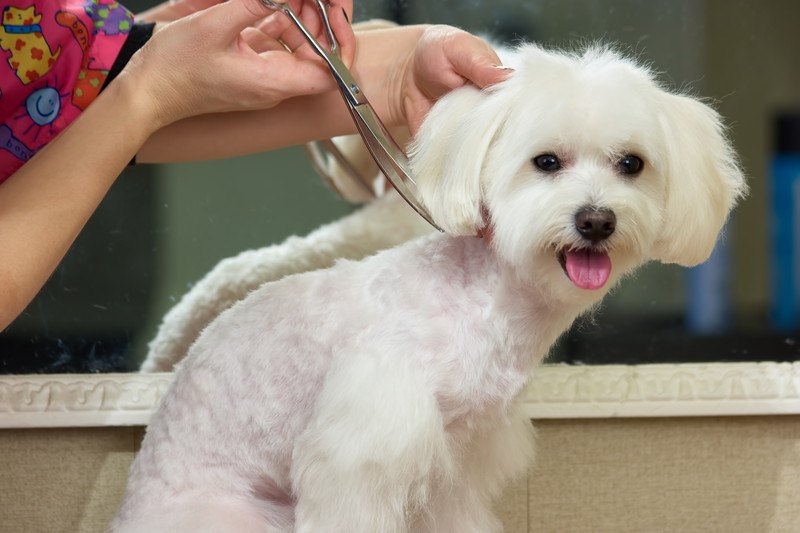
In Japan, coat care for Malteses plays a significant role in maintaining their distinctive appearance. Their coat is long, silky smooth, and straight, imparting an elegant look that sets them apart from other breeds. The beautiful coat of the Maltese is a part of their unique charm for Japanese owners.
Size
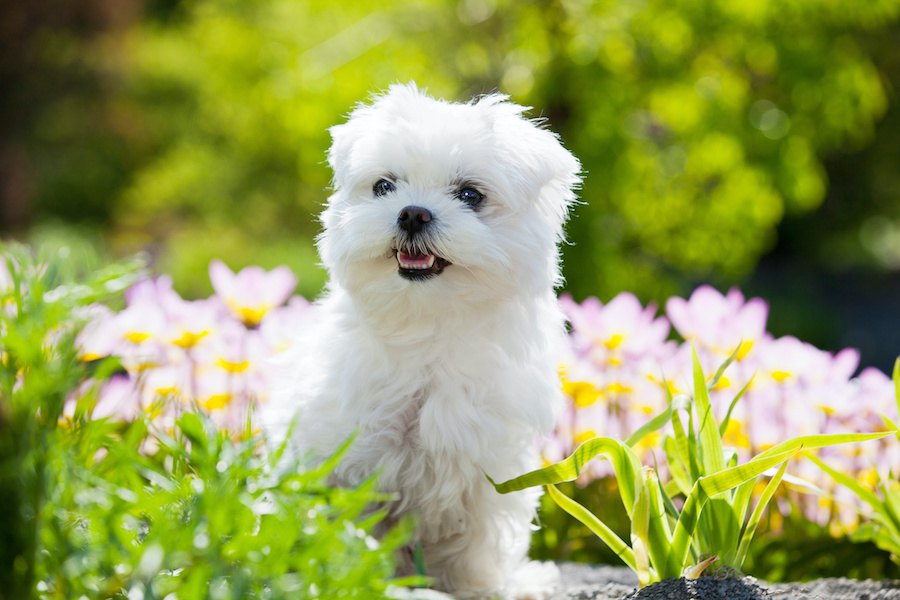
In Japan, the small stature of Malteses, measuring about 20 to 25 centimeters in height from the shoulder to the ground, is particularly valued. This compact size makes the Maltese an easily manageable pet, especially favored in urban areas with limited living spaces.
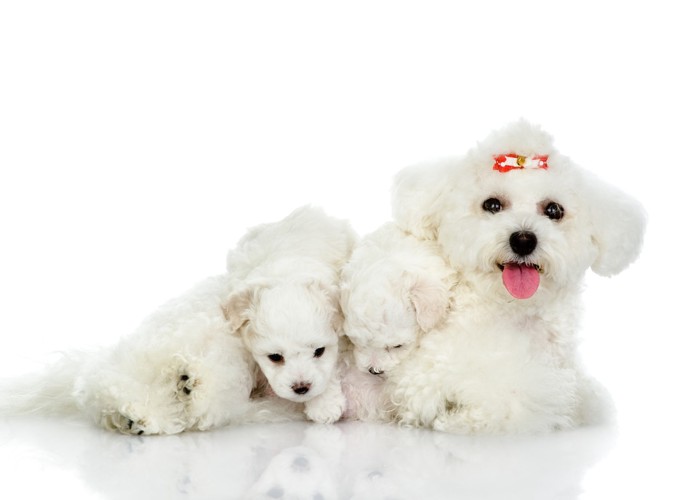
In many Japanese households, the Maltese’s size, suitable for limited spaces, is considered a part of their appeal, making them a popular choice for pet owners in cities.
Weight
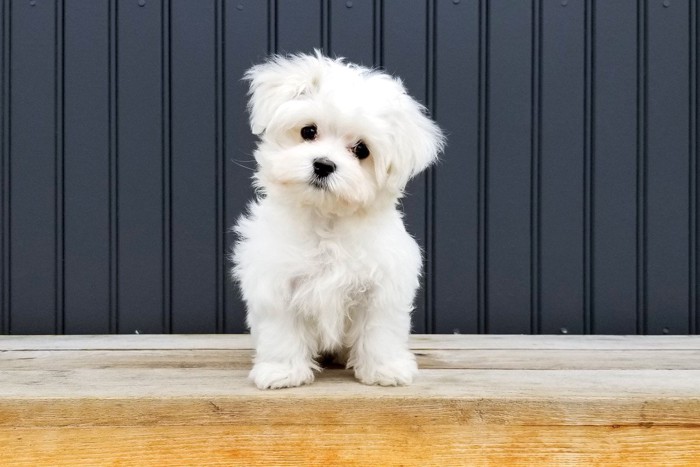
In Japan, weight management of Malteses is considered a vital aspect of their overall health care. The average weight of these adorable small dogs is generally around 3 to 4 kilograms, representing a healthy weight range for adult dogs.
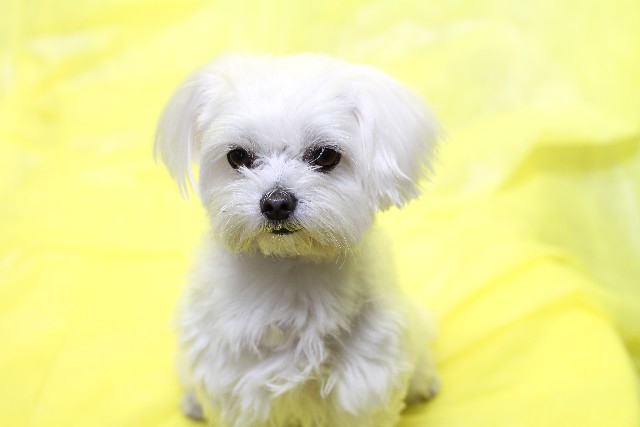
Japanese owners focus on maintaining the appropriate weight for Malteses, recognizing its direct connection to their overall health and well-being. Careful attention is paid to preventing overfeeding and ensuring sufficient exercise, with a balanced lifestyle being crucial for the health management of Malteses.
Lifespan
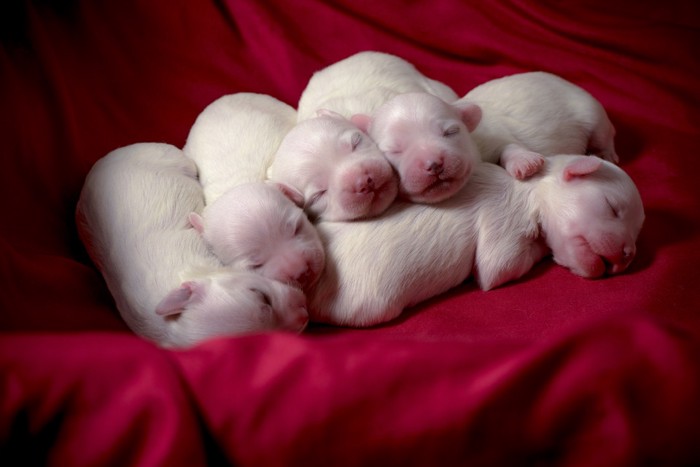
In Japan, the average lifespan of a Maltese is considered to be between 12 and 15 years, making it one of the longer-living breeds among small dogs. While genetic predispositions can influence their lifespan, proper diet, moderate exercise, vaccinations, and regular health check-ups can extend it.
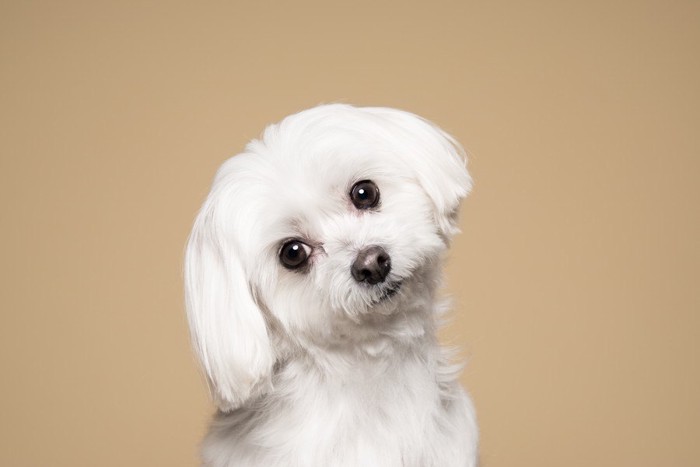
In Japan, the recorded longest lifespan for a Maltese is 23 years, indicating that with attentive care by owners, these dogs can have significantly long lives. For Japanese pet owners, maintaining the health of their Maltese is a crucial aspect of their enduring relationship with their pet.
Trainavility
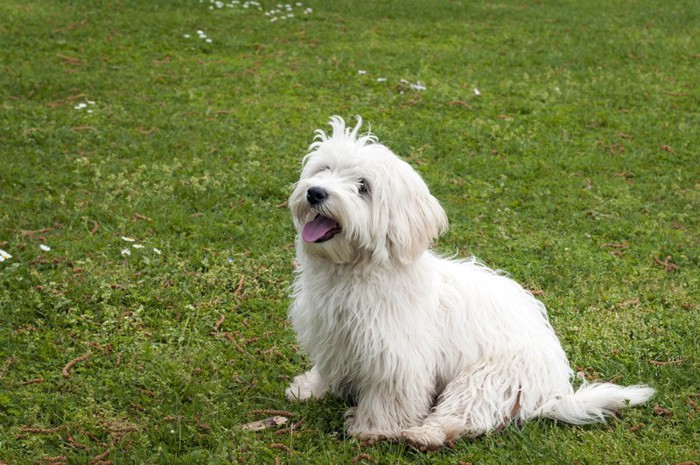
In Japan, managing the affectionate nature of Malteses is crucial. Overindulgence due to their cuteness can lead to them developing a sense of superiority, resulting in stubborn behavior or excessive barking.
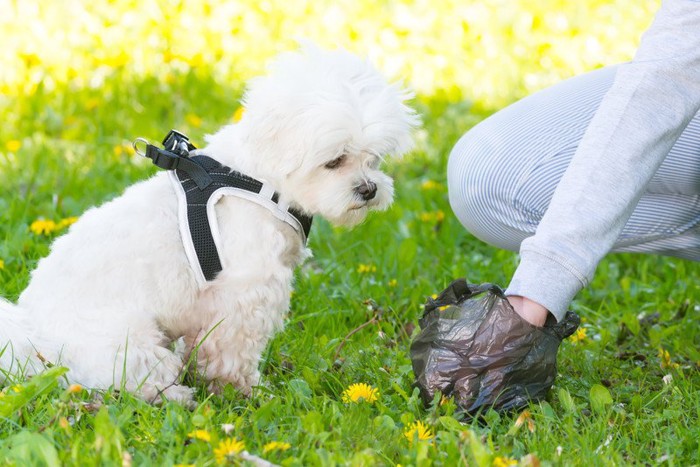
Japanese owners emphasize the importance of correcting undesirable behaviors with a firm yet low voice, and reinforcing good behaviors with ample praise. This approach helps establish a clear leader-follower relationship, fostering well-mannered behaviors in Malteses while maintaining a healthy bond between pet and owner.
Exercise
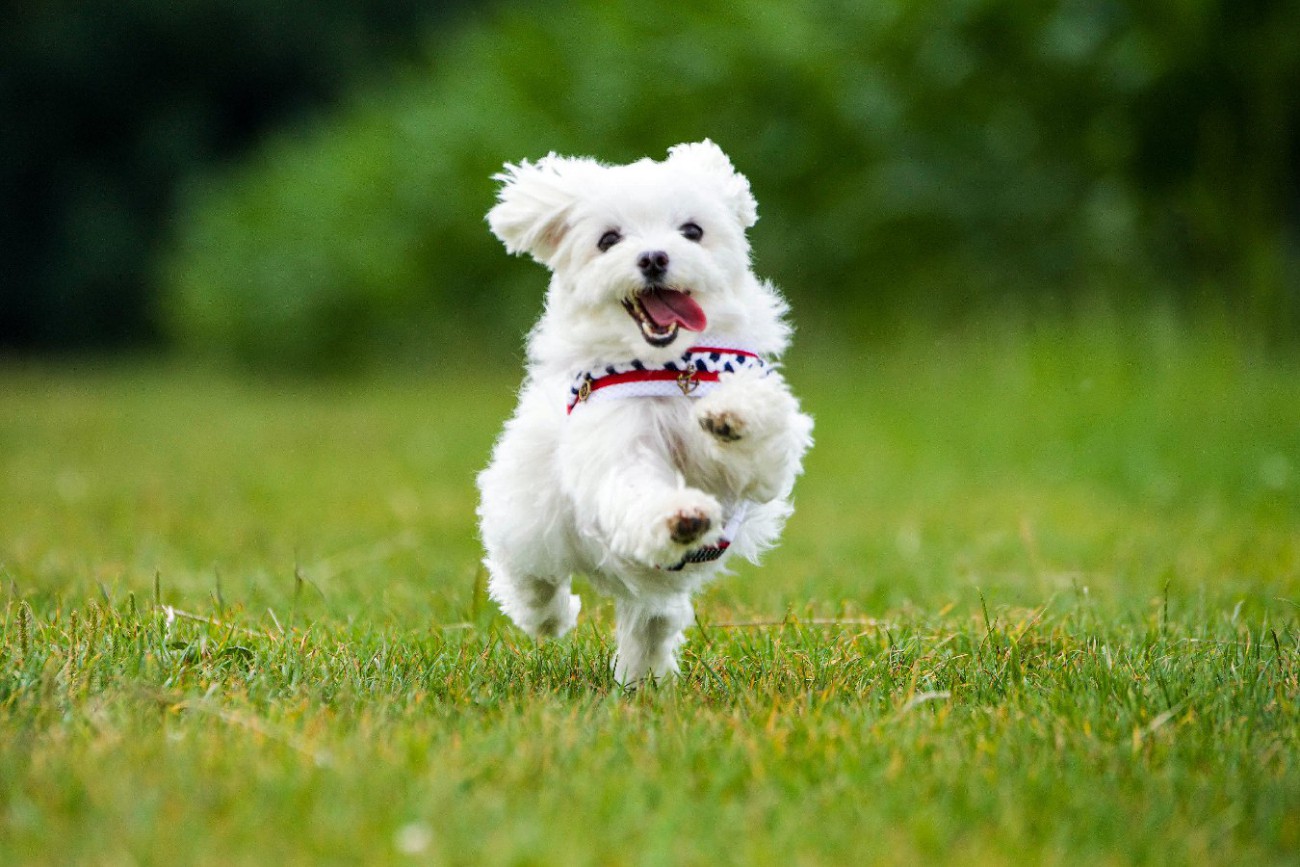
In Japan, exercise management for Malteses involves a thorough understanding of their small stature and lively nature. Daily walks and playtime are essential for Malteses, yet it’s crucial to balance their activity to avoid straining their small joints.
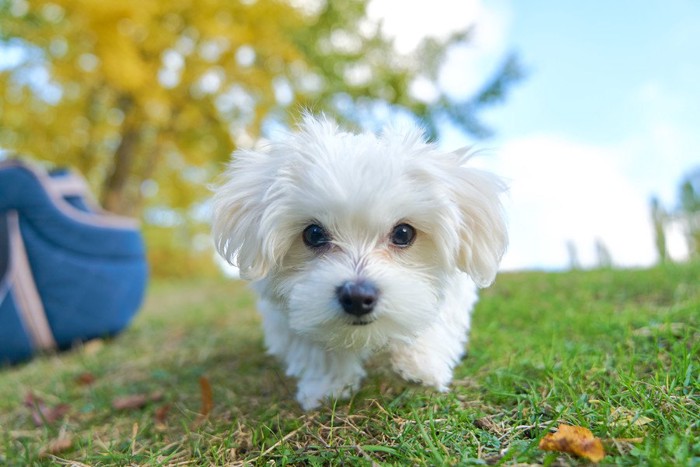
Frequent, short walks are recommended in Japan, and indoor interactive play also meets their mental stimulation and exercise needs. Moderate exercise contributes to weight management and overall well-being of the Maltese, so owners carefully choose fun and safe activities, considering the dog’s physical characteristics and energy levels.
Feeding

When caring for Malteses in Japan, balanced nutrition intake is highly prioritized. For this energetic small breed, the balance of protein, fat, and carbohydrates is critical. Japanese owners place great importance on high-quality protein for maintaining muscle, and they also pay close attention to skin and coat health.
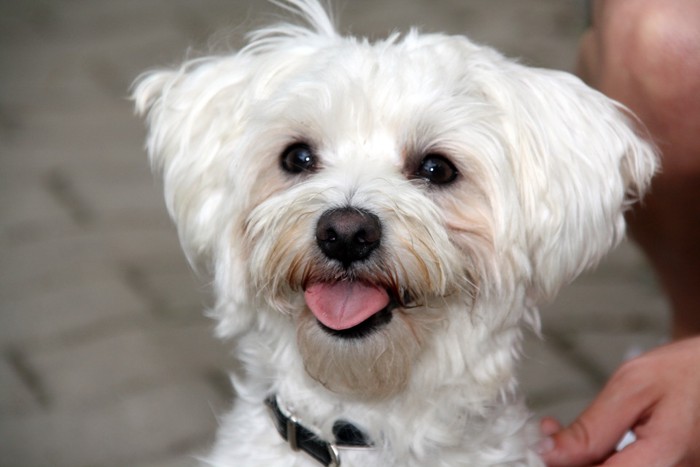
Diets rich in omega-3 fatty acids are preferred, and easily digestible ingredients are chosen considering their sensitive digestive systems. In Japan, it’s essential to feed the appropriate amount based on the dog’s age, activity level, and health status. Regular health check-ups and periodic reviews of the diet are also regarded as vital in maintaining the Maltese’s well-being.
Temperament
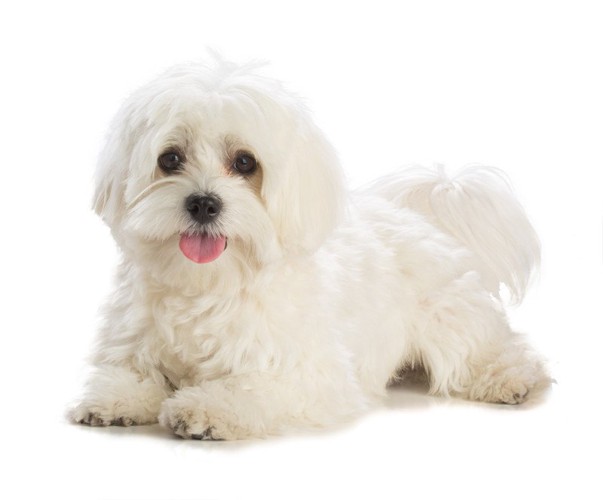
When owning a Maltese in Japan, their affectionate nature and history as a lap dog is particularly appealing to owners. They adapt well to families with children due to their amiable disposition. With a lively and curious side, they enjoy playing both indoors and outdoors, such as on walks or in dog parks.
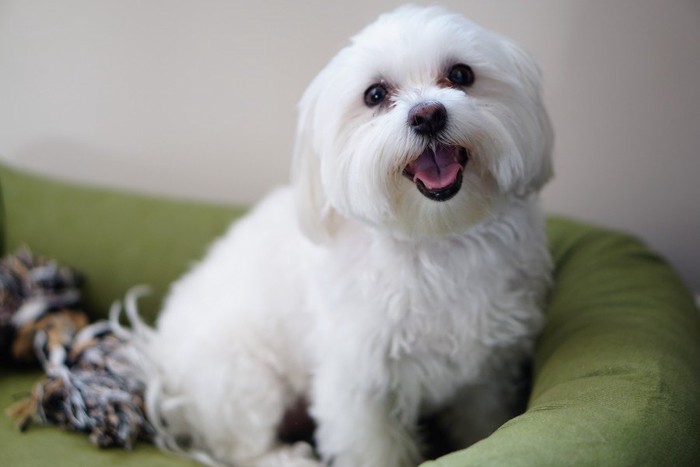
Their loyalty to their owners and high learning ability make training relatively easy. However, overindulgence can lead to behavioral issues. Japanese households value understanding the character and individual differences of Malteses, aiming for a balanced approach to pet care.
Males tend to be more affectionate, while females are often smarter and more assertive, necessitating gender-specific approaches to care and interaction.
History
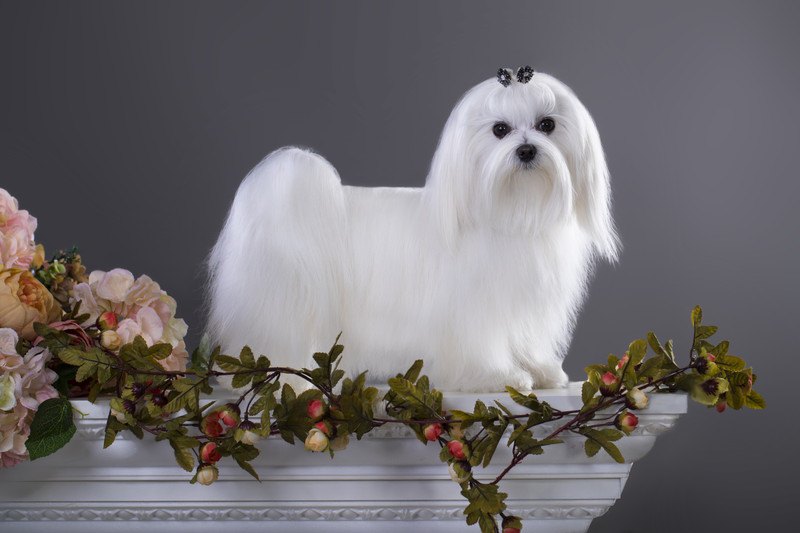
The Maltese, known for its beautiful pure white coat, has been cherished since ancient times, even appearing in Aesop’s Fables. In the 19th century, it gained popularity under the patronage of Queen Victoria of England. Although it once faced the threat of extinction, successful efforts were made to continue the breed, leading to its presence today.
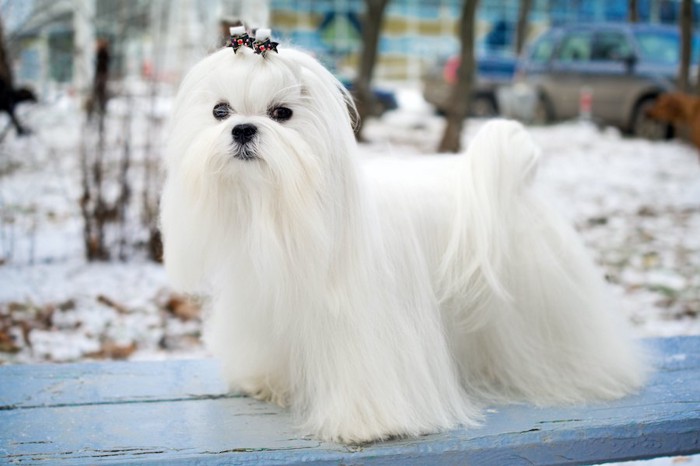
In Japan, according to the Japan Kennel Club (JKC), it was the most registered breed for 16 years from 1968 to 1984, maintaining its popularity over the years. For Japanese owners, the Maltese holds a special place, valued for its historical significance and endearing appearance.
Grooming

In Japan, caring for the beautiful long coat of a Maltese is of utmost importance. While their single coat results in less shedding due to the absence of an undercoat, their fine hair tends to form mats, necessitating daily brushing.

Regular grooming sessions for haircuts are also recommended to maintain cleanliness. Since the coat can easily become stained from food, tears, or dirt, Japanese owners pay special attention to keeping the pure white coat clean, using damp towels or washing when necessary. This effort to maintain their beautiful fur is a significant aspect of owning a Maltese in Japan.
Health

In Japan, caring for a Maltese requires particular attention to certain health issues inherent to the breed. Generally healthy, these small dogs are prone to dental issues, especially tartar buildup and periodontal disease. They are also susceptible to patellar luxation and eye problems, including tear stains and cataracts.

Japanese owners emphasize regular veterinary check-ups to prevent and detect these issues early. Oral care, proper nutrition, and attention to eye health are essential in maintaining the well-being of a Maltese. With appropriate care and vigilance, their health and happiness can be effectively preserved.

